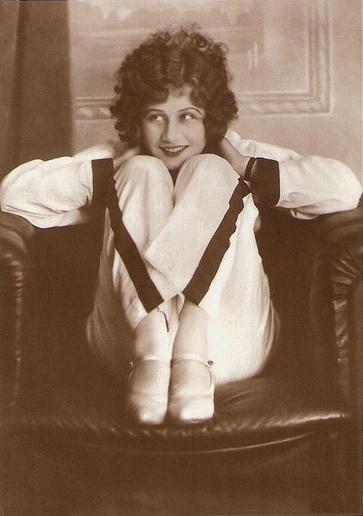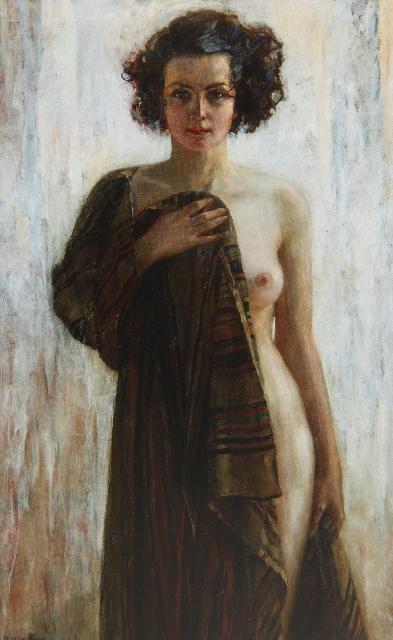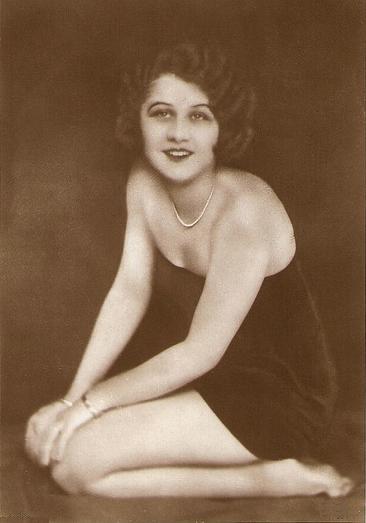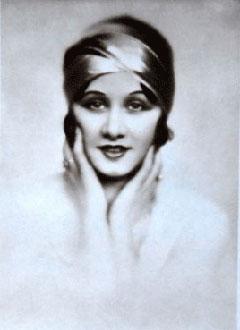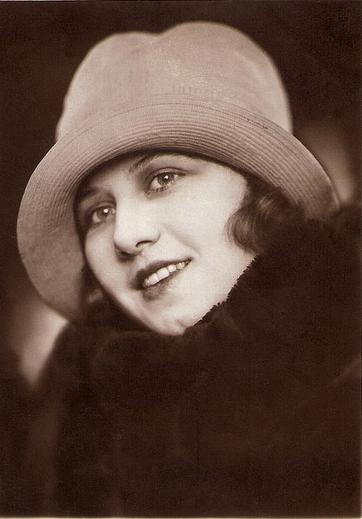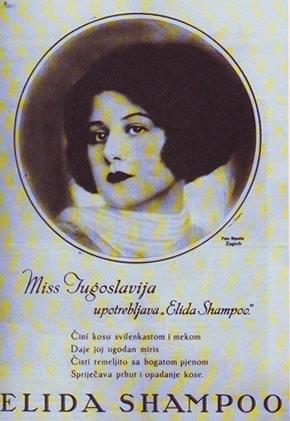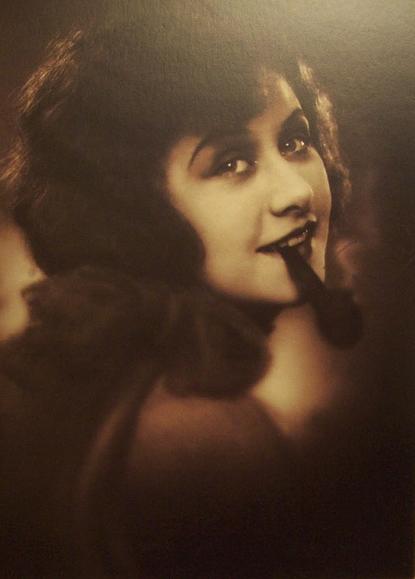
Štefica Vidačić ( umjetnički Steffie Vida) rođena je 1905 godine u Požegi. Bila je vlasnica kafića u Jurišicevoj ulici (u nekim izvorima piše da je samo radila tamo). Crne kose, zelenih očiju i visine 161 cm.
Izabrana je za Miss Jugoslavije u Zagrebačkom hotelu Esplanada na prvom izboru za Miss 1926 godine, a 1927 godine izabrana je i za Miss Europe u Berlinu.
Dobivene titule osigurale su joj slavu u Budimpešti, Beču i Berlinu. Snimila je i nekoliko filmova. Uz njezinu ljepotu vežu se mnoge legende, a bile one istinite ili ne jedno je sigurno njene crte lica, njezin stas i seksipil još i danas su aktualni, a u potpunosti odražavaju duh Art déco razdoblja.
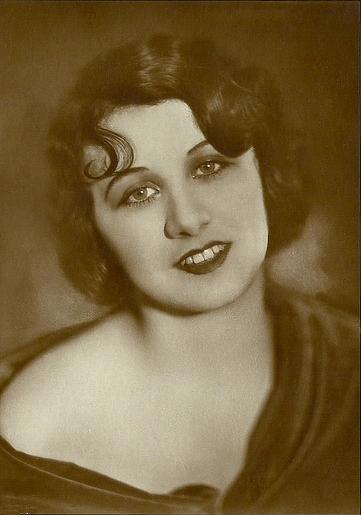
Filmski producenti obećavali su joj veliki uspjeh, a kao što je to i danas sa poznatim licima i tada su hrvatski mediji pratili Šteficu na svakom koraku. Izvještavalo se o njezinoj novoj frizuri, haljini i iskustvima sa putovanja po europskim sjedištima i sa snimanja. Šteficu je portretirao i poznati slikar tog razdoblja Robert Auer, nagu, samo djelomično prekrivenu tkaninom.
Pod umjetničkim je imenom Steffie Vida, odigrala sporedne uloge u filmovima “Ponoćni taksi”, “Ljubav u snijegu”, “Tajne Orijenta”, “Vitezovi noći”, a najupečatljiviju je ulogu odigrala u “Evinim kćerima”, gdje je utjelovila barunicu Edith von Stetten.
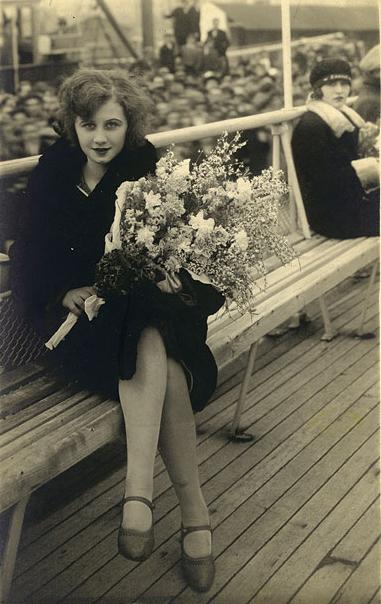
Na kraju se udala za bogatog njemačkog filmaša, te slomila mnoga muška srca, od kuda su potekle priče i legende. Jedna kaže da je ugledni gospodin iz Vlaške ulice, Josip Tiljak, zbog nje je počinio samoubojstvo, a u novinama je nakon toga objavljeno oproštajno pismo.
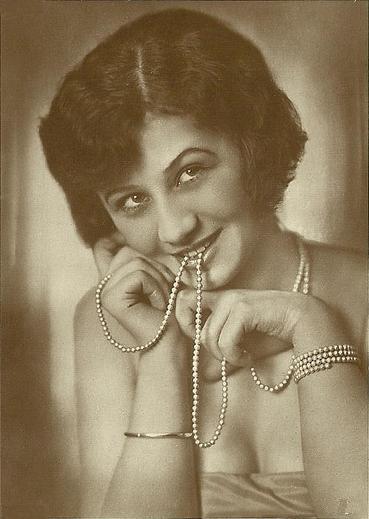
Najpoznatija je ipak legenda o Štefici i Miškecu.
Miškec je bio zagrebački mladić, koji je radio kao pomoćnik majstora i bio zaljubljen u Šteficu. Nakon što se Štefica udala, propio se, dao otkaz i postao prosjak. Kao prosjak uvijek je spavao na istom mjestu, pokraj Balkan prolaza, devedesetih je taj prolaz nazvan: Miškecov prolaz.
STEFFIE VIDA CROATIAN MISS EUROPE
Štefica Vidačić (Artistic name Steffie Vida) was born in 1905 in Požega, Croatia. She owned cafes in the Jurišićeva street, Zagreb (some sources note that she only worked there). She had black hair, green eyes and was 161 cm tall. She was elected as Miss Yugoslavia at Hotel Esplanade in Zagreb at the first pageant in 1926, and was elected as Miss Europe in Berlin in 1927.
The awarded titles secured her fame in Budapest, Vienna and Berlin. She even made several films. Many legends are tied to her beauty, and whether they are true or not one thing is certain: her features, her physique and sex appeal are still current, and fully reflect the spirit of the Art Deco period.
Film producers promised her great success, and as it is today with celebrities, even at the time the Croatian media followed Štefica at every step. They reported about her new hairstyle, dress and experiences from traveling to European capitals and movie sets.
Štefica’s portrait, naked, partially covered by cloth, was made by Robert Auer, the famous painter of this period. Under the artistic name Steffie Vida she played supporting roles in films such as “The Midnight Taxi,” “Love in the Snow,””Secrets of the Orient,” “Knights of the Night,” and the most notable role she played was in “Daughters of Eve,” in which she embodied the Baroness Edith von Stetten.
In the end, she married a wealthy German filmmaker, and broke the hearts of many men, from which many stories and legends developed. According to one of them, a gentleman from the Vlaška street, Joseph Tiljak, committed suicide because of her, and the newspaper subsequently published his suicide note.
Still, the most famous legend is about Štefica and Miškec . Miškec was a young man from Zagreb, who worked as an assistant repairman, and was in love with Štefica. After Štefica married, he became a drunk, quit his job and ended up as a beggar. As a beggar he always slept in the same place, next to the Balkans alley. In the nineties the passage was named: “Miškecov prolaz” (The Miškec Alley).
STEFFIE VIDA KROATISCH MISS EUROPA
Štefica Vidačić (Künstlername Steffie Vida), geboren im Jahr 1905 in Požega. Sie war die Eigentümerin eines Cafés in der Jurišiceva Straße in Zagreb (nach manchen Informationen hat sie dort nur gearbeitet). Sie hatte schwarze Haare, grüne Augen und war 161 cm hoch.
Sie wurde im Zagreber Hotel Esplanade bei der ersten Misswahl im Jahr 1926 zur Miss Jugoslawien und im Jahr 1927 in Berlin zur Miss Europa ausgewählt. Durch diese Titel wurde sie berühmt in Budapest, Wien und Berlin. Sie hat ebenfalls in einigen Filmen gespielt. Man hat viele Legenden mit ihrer Schönheit in Verbindung gebracht, und egal ob diese wahr sind oder nicht, eins ist sicher, ihre Gesichtszüge, ihre Figur und ihr Sex Appeal sind auch heute aktuell und spiegeln den Art Deco Zeitraum absolut wieder.
Filmproduzenten haben ihr großen Erfolg versprochen. Wie das auch heute mit den Berühmten läuft, wurde Štefica schon damals von kroatischen Medien verfolgt. Berichtet wurde über ihre neue Friseur, neue Kleider, Filmaufnahmen und Reisen in europäische Städte. Der bekannte Maler aus diesem Zeitraum, Robert Auer, hat Štefica porträtiert, nackt, nur teils bedeckt.
Unter dem Künstlernamen Steffie Vida spielte sie Nebenrollen in den Filmen “Das Mitternacht Taxi”, “Liebe im Schnee”, “Geheimnisse des Orientes”, “Ritter der Nächte”, ihre bekannteste Rolle war die im Film “Evas Töchter”, wo sie die Baroness Edith von Stetten spielte.
Letztendlich heiratete sie einen reichen deutschen Filmproduzenten und brach das Herz vieler Männer, woher all die Geschichten und Legenden stammen. Eine der Legenden sagt, dass der angesehene Herr aus der Vlaška Straße, Josip Tiljak, wegen ihr Selbstmord begangen hat und dass in den Zeitungen danach der Abschiedsbrief veröffentlicht wurde.
Die bekannteste Legende ist die über Štefica und Miškec.
Miškec war ein junger Mann aus Zagreb, der als Meisterassistent gearbeitet hat und in Štefica verliebt war. Nachdem Štefica geheiratet hat, begann er zu trinken, kündigte und wurde zum Bettler. Als Bettler schlief er immer an einer und derselben Stelle, neben der Balkan Gasse, in den neunziger Jahren wurde diese Gasse in Miškec Gasse (“Miškecov prolaz”) umbenannt.



